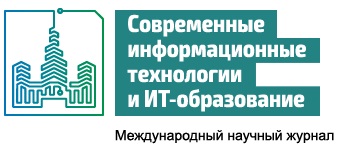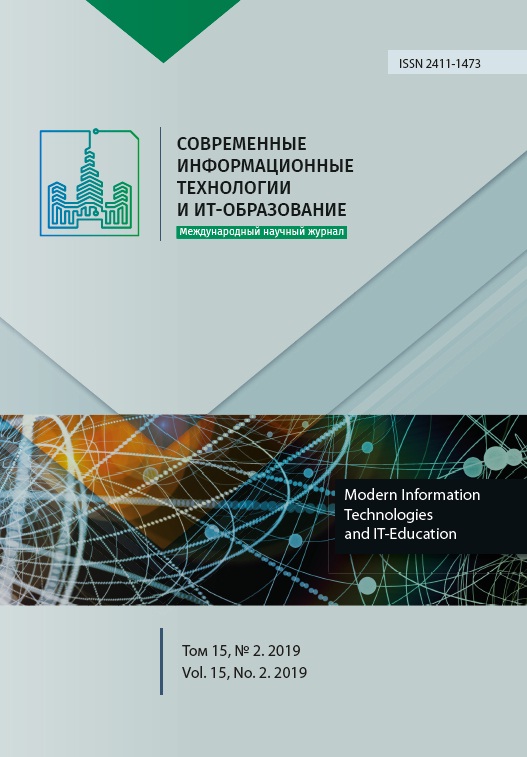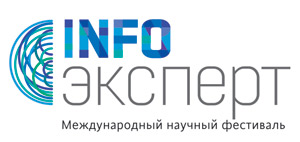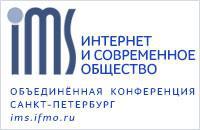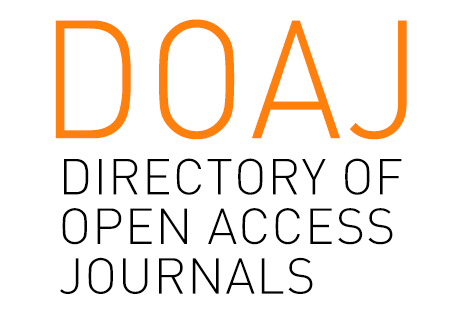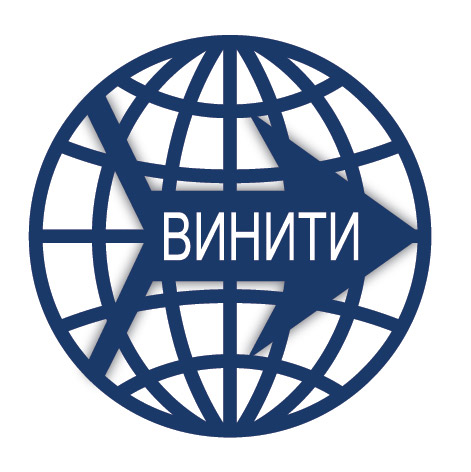Генезис информационных технологий как маркер генезиса иерархий в системе Человечества
модельное представление
Аннотация
Согласно информатико-кибернетической модели иерархической системы Человечества, исторически последовательно возникают информационные технологии (ИТ): 1) сигнальных поз/звуков/движений: характерный размер (радиус круга той же площади) ~64 м, точность антропогенного воздействия ~28 см, старт ~28,23, кульминация ~9,26 млн.л.назад, носитель пред-люди Hominoidea; 2) мимики/жестов: ~1 км и ~1,8 см, ~1,86 и ~0,612 млн.л.н., Homo archaeo-paleolithicus и Homo mezo-paleolithicus; 3) речи/языка: ~15 км, точность производственных технологий ~1,8 мм, ~123 и ~40 тыс.л.н. (около инициируемой этой ИТ верхнепалеолитической революции), Homo sapiens’ (H.s. paleolithicus superior и H.s. neolithicus); 4) письменности: ~222 км и 80 мкм, ~6100 и ~700 гг. до н.э. (около городской революции «осевого» времени), Homo sapiens’’ (H.s. paleometallicus и H.s. neometallicus); 5) тиражирования текстов: ~3370 км и 5 мкм, ~1446 и ~1806 гг. н.э. (около индустриальной революции), Homo sapiens’’’; 6) Компьютерная: ~51тыс.км (общепланетарный) и 0,35 мкм, ~1946 и ~1970 гг. (около компьютерной революции – создания микропроцессоров), Homo sapiens’’’’; 7) Сетевая: ~773 тыс.км (Ближний Космос) и 23 нм, ~1979 и ~2003 гг. (около революции мобильной телефонии, Интернета и т.п.), Homo sapiens’’’’’; 8) Нано-ИТ (возможно, нано-аппаратно поддерживаемая селективная телепатия): ~11,7 млн.км (Промежуточный Космос) и 1,5 нм, ~1981 и ~2341 гг., Homo sapiens’’’’’’ (согласно экстраполяции «Фибоначчиевой» модели археологической эпохи H.s. informaticus). Этот перечень отражает генезис ИТ – часть генезиса иерархий (подсистем) в системе Человечества. Основные составляющие генезиса иерархий включают и антропо-, психо-, техно-, культуро- и социо-генезы, генезис идеального и т.д. Таким образом, генезис ИТ, имеющий количественные (расчётные модельные) оценки характерных времён своего хода, может выступать в качестве маркера как генезиса иерархий в целом, так и его составляющих.
Литература
[2] Grinchenko S.N. System memory of the living (as the basis of its meta-evolution and periodic structure). Moscow: IPIRAN, Mir, 2004. 512 pp. (In Russ.)
[3] Grinchenko S.N. Meta-evolution of Nature System – The Framework of History. Social Evolution & History. 2006; 5(1):42-88. Available at: https://elibrary.ru/item.asp?id=9304647 (accessed 15.06.2019). (In Russ., abstract in Eng.)
[4] Grinchenko S.N. Metaevolution (systems of inanimate, living and socio-technological nature). Moscow: IPIRAN, 2007. 456 p. (In Russ.).
[5] Grinchenko S.N., Shchapova Yu.L. Paleoanthropology, chronology and periodization of the archaeological epoch: numerical model. Space and time. 2017; 1(27):72-82. Available at: https://elibrary.ru/item.asp?id=29065435 (accessed 15.06.2019). (In Russ., abstract in Eng.)
[6] Shchapova Yu.L., Grinchenko S.N. Introduction to the theory of the archaeological epoch: numerical modeling and logarithmic scales of space-time coordinates. Moscow: MSU, FRC CSC, 2017. 236 pp. (In Russ.)
[7] Derevyanko A.P. Formation of a human modern anatomical species and its behavior in Africa and Eurasia. Archeology, ethnography and anthropology of Eurasia. 2011; 3(47):2-31. Available at: https://elibrary.ru/item.asp?id=16547999 (accessed 15.06.2019). (In Russ., abstract in Eng.)
[8] Grinchenko S.N. Afterword. Materials of the report at the Joint Scientific Seminar of the Institute for Informatics Problems of the Russian Academy of Sciences and the Institute of Scientific Information on Social Sciences of the Russian Academy of Sciences "Methodological Problems of Information Sciences". Moscow. 2012; 5-8. Available at: http://legacy.inion.ru/files/File/MPNI_9_13_12_12_posl.pdf (accessed 15.06.2019). (In Russ.)
[9] Zhirmunsky A.V., Kuzmin V.I. Critical levels in developmental processes of biological systems. Moscow: Nauka, 1982. 179 p. (In Russ.)
[10] Grinchenko S.N. The Pre- and Post-History of Humankind: What is it? Problems of Contemporary World Futurology. Cambridge Scholars Publishing, Newcastle-upon-Tyne. 2011; 341-353. (In Eng.)
[11] Zubov A.A. Anthropogenesis. The Great Russian Encyclopedia. Moscow. 2005; 2:83-85. (In Russ.)
[12] A Large Dictionary of Foreign Words. Publishing House "IDDK", 2007. (In Russ.)
[13] Popov M. Terminological dictionary on tehnetike. Cenological research. Vol. 42. Tehnetika, Moscow, 2009. 396 p. (In Russ.)
[14] Flier A.Ya. Kul’turologiia. ХХ vek. Entsiklopediia [Culturology. Twentieth century. Encyclopedia]. M., 1996. (In Russ.)
[15] Brief psychological dictionary. L. A. Karpenko, A. V. Petrovsky, M. G. Yaroshevsky (eds). Rostov-on-Don: "PHOENIX", 1998. (In Russ.)
[16] Zhukov R.A., Pinsky E.M. Regional geology: genesis. Regional'naya geologiya i metallogeniya = Regional Geology and Metallogeny. 2018; 74:78-89. Available at: https://elibrary.ru/item.asp?id=35249200 (accessed 15.06.2019). (In Russ., abstract in Eng.)
[17] Grinchenko S.N., Shchapova Yu.L. Space and Time in Archeology. Part 3. About the Metric of Humankind Basic Spatial Structure in Archaeological Epoch. Space and time. 2014; 1(15):78-89. (accessed 15.06.2019). (In Russ., abstract in Eng.)
[18] Grinchenko S.N. On the evolution of mind as a hierarchical system (a cybernetic approach). Istoricheskya psihologia i sociologia istorii = Historical Psychology & Sociology. 2012; 5(2):60-76. Available at: https://elibrary.ru/item.asp?id=18749871 (accessed 15.06.2019). (In Russ., abstract in Eng.)
[19] Grinchenko S.N. Homo eruditus (an educated person) as an element of the system of Humankind. Open Education. 2009; 2:48-55. Available at: https://elibrary.ru/item.asp?id=11992835 (accessed 15.06.2019). (In Russ., abstract in Eng.)
[20] Shchapova Yu.L. Chronology and periodization of ancient history as a numerical sequence (Fibonacci series). Information Bulletin of the Association "History and Computer". 2000; 25:197-205. Available at: https://elibrary.ru/item.asp?id=23230771 (accessed 15.06.2019). (In Russ.)
[21] Shchapova Yu.L. Archaeological epoch: chronology, periodization, theory, model. KomKniga, Moscow, 2005. 192 pp. (In Russ.)
[22] Shchapova Yu.L. Material production in the archaeological epoch. Aleteya, St. Petersburg, 2011. 244 pp. (In Russ.)
[23] Grinchenko S.N., Shchapova Yu.L. Periodization Models of the Humanity History. Vestnik Rossijskoj Akademii Nauk = Bulletin of the Russian Academy of Sciences. 2010; 80(12):1076-1084. Available at: https://elibrary.ru/item.asp?id=16367086 (accessed 15.06.2019). (In Russ., abstract in Eng.)
[24] Grinchenko S.N., Shchapova Y L. Human history periodization models. Herald of the Russian Academy of Sciences. 2010; 80(6):498-506. (In Eng.) DOI: 10.1134/S1019331610060055
[25] Grinchenko S.N., Shchapova Yu.L. Information Technology in History of Humankind. Informacionnye Tehnologii = Information Technologies. 2013; S8:1-32. Available at: https://elibrary.ru/item.asp?id=20154191 (accessed 15.06.2019). (In Russ., abstract in Eng.)
[26] Grinchenko S.N., Shchapova Y.L. Archaeological Epoch as the Succession of Generations of Evolutive Subject-Carrier Archaeological Sub-Epoch. Philosophy of Nature in Cross-Cultural Dimensions. The Result of the International Symposium at the University of Vienna. Komparative Philosophie und Interdisziplinäre Bildung (KoPhil), Band 5. Hamburg: Verlag Dr. Kovač. 2017; 423-439. (In Eng.)
[27] The History of Humankind. Vol. I. Prehistoric times and the beginnings of civilization. In: De Laat Z. Ya (eds). Foreword. Sakharov A.N. The history of Humankind is unified. Relatively. C. VIII-X. Publishing House MAGISTR-PRESS, 2003. 682 pp. (In Russ.)

Это произведение доступно по лицензии Creative Commons «Attribution» («Атрибуция») 4.0 Всемирная.
Редакционная политика журнала основывается на традиционных этических принципах российской научной периодики и строится с учетом этических норм работы редакторов и издателей, закрепленных в Кодексе поведения и руководящих принципах наилучшей практики для редактора журнала (Code of Conduct and Best Practice Guidelines for Journal Editors) и Кодексе поведения для издателя журнала (Code of Conduct for Journal Publishers), разработанных Комитетом по публикационной этике - Committee on Publication Ethics (COPE). В процессе издательской деятельности редколлегия журнала руководствуется международными правилами охраны авторского права, нормами действующего законодательства РФ, международными издательскими стандартами и обязательной ссылке на первоисточник.
Журнал позволяет авторам сохранять авторское право без ограничений. Журнал позволяет авторам сохранить права на публикацию без ограничений.
Издательская политика в области авторского права и архивирования определяются «зеленым цветом» в базе данных SHERPA/RoMEO.
Все статьи распространяются на условиях лицензии Creative Commons «Attribution» («Атрибуция») 4.0 Всемирная, которая позволяет другим использовать, распространять, дополнять эту работу с обязательной ссылкой на оригинальную работу и публикацию в этом журналe.
